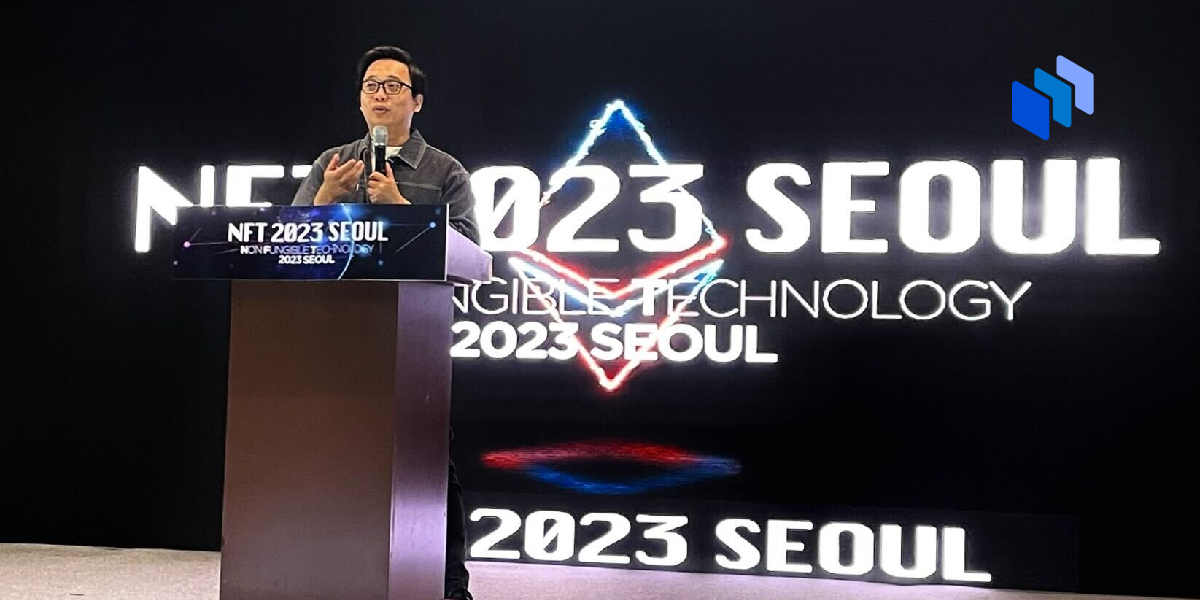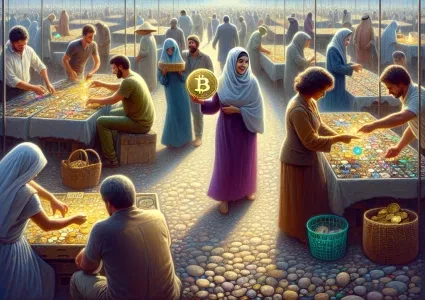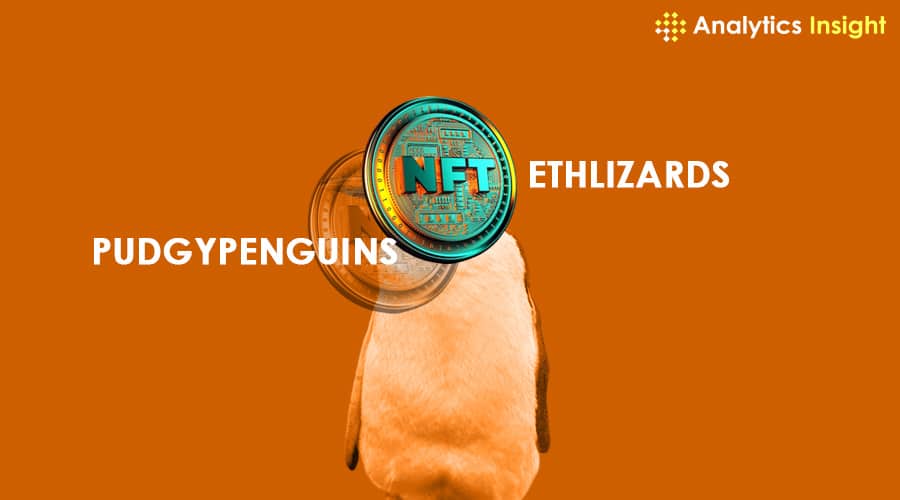
NFTs, or non-fungible tokens, were once touted as the future of the crypto world. They promised to revolutionize the way we create, own, and trade digital assets, offering artists and creators a new way to monetize their work while empowering individuals to participate in the digital economy. However, recent data suggests that the NFT craze has come to a screeching halt, with 95% of NFT collections having a market cap of zero.
The rise and fall of NFTs can be attributed to several factors. The concept of NFTs is not new, with the first ones being created in 2017. However, it wasn’t until 2021 that NFTs gained mainstream popularity and saw astronomical prices. Major influencers and celebrities jumped on the NFT bandwagon, driving up demand and attracting more attention to the market.
As more and more NFTs flooded the market, their quality and originality began to decline. Many NFTs were simply copies or variations of existing works, lacking artistic or creative value. Additionally, the market was plagued by overpriced and overhyped NFTs, leading to unrealistic expectations and disappointments for buyers and sellers alike.
Technical issues and security breaches further eroded trust in the NFT market. Hacking and minting errors exposed vulnerabilities in the system, causing people to question the reliability and security of NFTs.
The consequences of this rapid rise and subsequent fall are evident in the data. According to DappGambl’s report, the majority of NFTs analyzed have a market cap of zero, indicating that they are essentially worthless. This has left many people who invested in NFTs at a loss, unable to recoup their investments.
Despite the current state of the NFT market, there is still potential for NFTs to succeed in the long term. However, several challenges need to be addressed for this to happen.
One major challenge is the lack of clear regulation and standards for NFTs. The current patchwork of laws and regulations across different jurisdictions creates uncertainty for creators, consumers, and regulators alike. Establishing consistent standards for verifying the authenticity and quality of NFTs would help prevent fraud and manipulation in the market.
The low quality and originality of many NFTs also undermine their value and appeal. To regain trust and confidence, the NFT market needs a higher standard of quality and authenticity. This can be achieved by encouraging more original and innovative works, as well as ensuring that copied or plagiarized content is not rewarded or valued.
The high volatility and speculation in the NFT market deter long-term investment and adoption. To create a more stable market, there needs to be a shift away from hype and celebrity endorsements towards a focus on intrinsic value and cultural significance.
Lastly, the limited accessibility and usability of NFTs create barriers to entry for many potential buyers and sellers. Improving user interfaces and simplifying the process of buying, selling, and using NFTs would make them more accessible to a wider audience.
To overcome these challenges, the NFT industry and community need to take proactive and collaborative actions. This includes establishing best practices and guidelines, exploring more sustainable solutions for producing and storing NFTs, fostering creativity and diversity, and promoting education and awareness about the benefits and risks of NFTs.
While the NFT craze may have died down, the underlying technology and concept of NFTs still have potential. By addressing the challenges and limitations, NFTs can find their place in the digital economy and continue to offer artists, creators, and investors new opportunities for expression and monetization.






